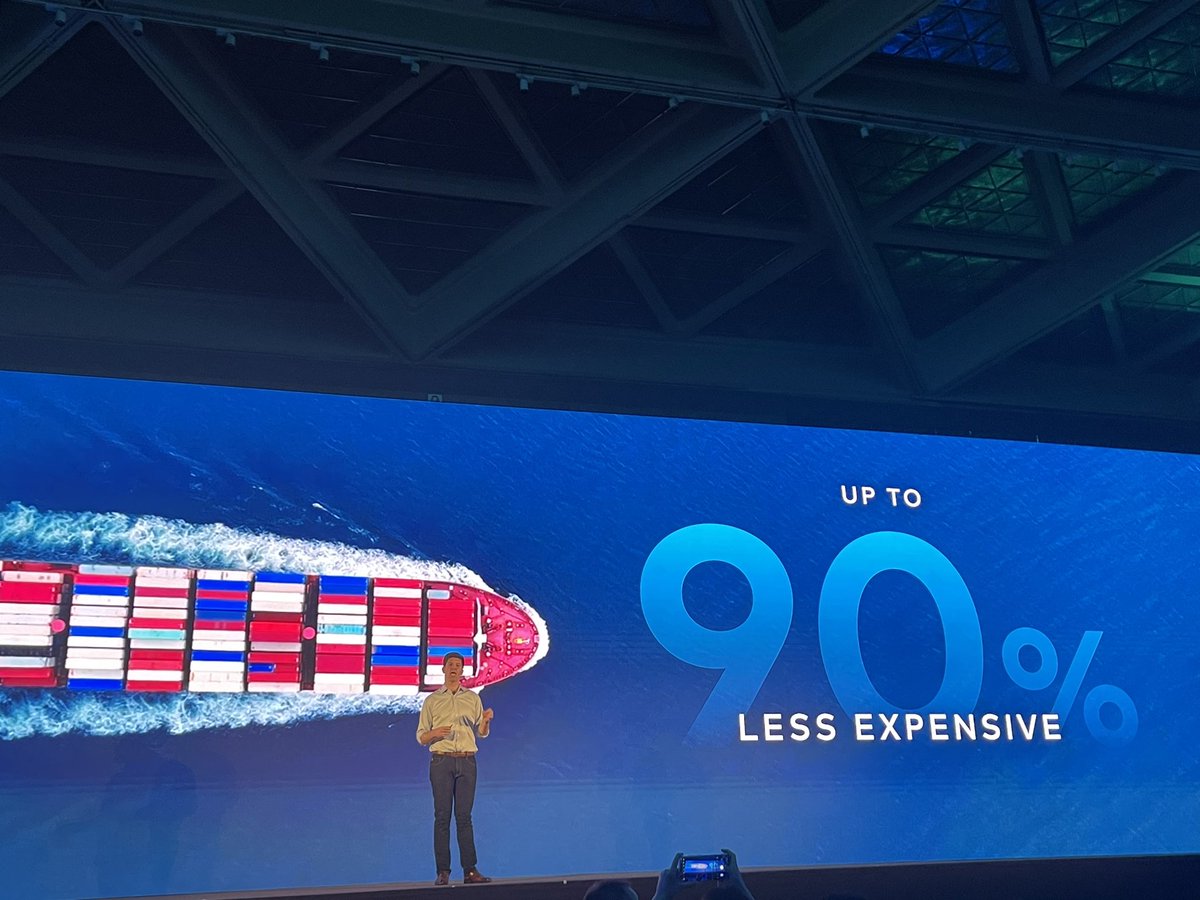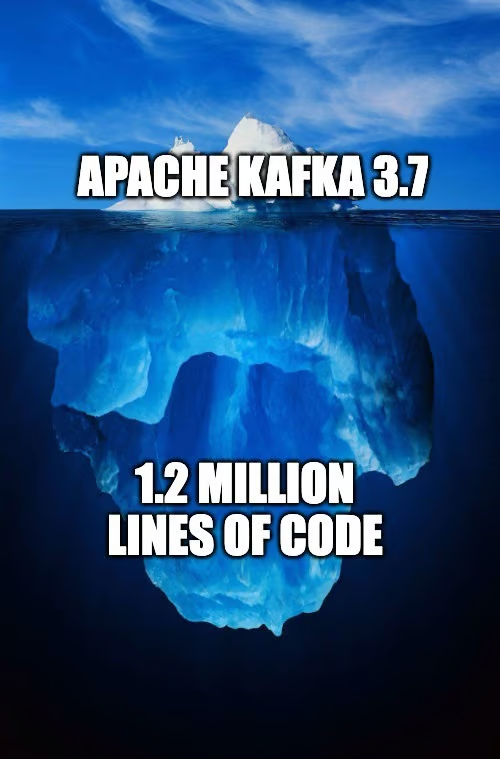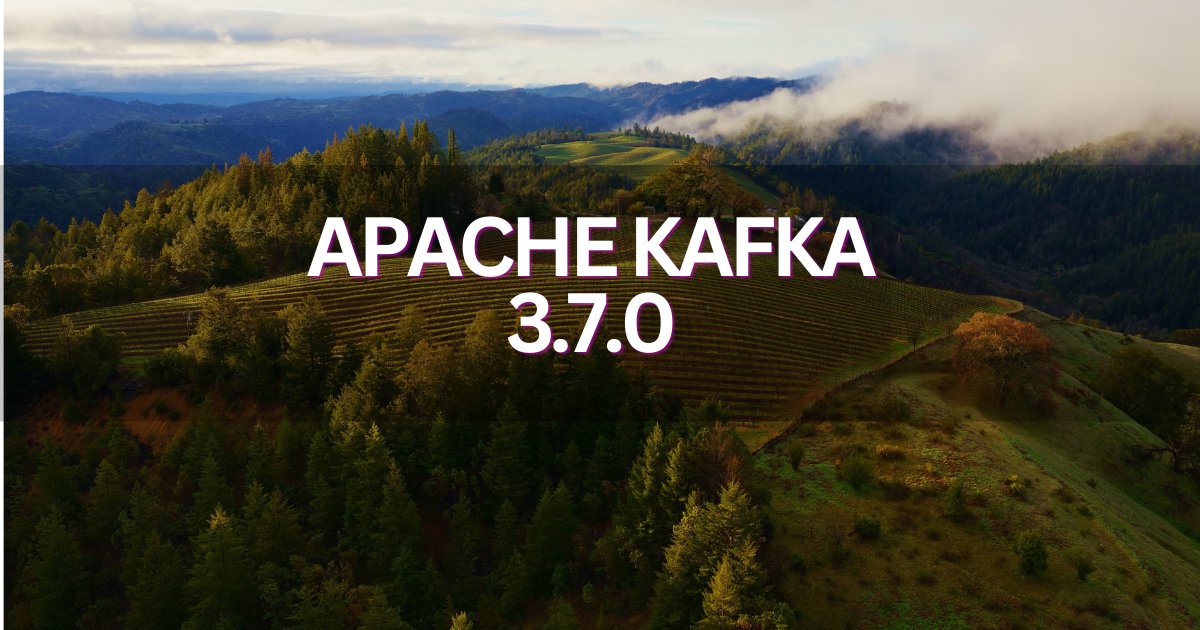
"The Kafka Guy" 🧠
Have worked on Apache Kafka for 6+ years, now I write about it. (& the general data space)
Low-frequency, highly-technical tweets. ✌️
How to get URL link on X (Twitter) App


 S3's story is leveraging its massive scale to its fullest extent to offer something that would be impossible otherwise.
S3's story is leveraging its massive scale to its fullest extent to offer something that would be impossible otherwise.



 1. Async Writes
1. Async Writes

 RIP ZooKeeper 💀
RIP ZooKeeper 💀

 Kafka was always designed for on-premise deployments.
Kafka was always designed for on-premise deployments.

 Kafka producers usually write to a particular partition they choose. That partition lives on a random broker.
Kafka producers usually write to a particular partition they choose. That partition lives on a random broker.

 the story begins in 2023 when WarpStream was first released with a poignant piece called "Kafka is Dead, long live Kafka"
the story begins in 2023 when WarpStream was first released with a poignant piece called "Kafka is Dead, long live Kafka"


 In August of 2023, WarpStream shook up the Kafka industry by announcing a novel Kafka-API compatible cloud-native implementation that used no disks.
In August of 2023, WarpStream shook up the Kafka industry by announcing a novel Kafka-API compatible cloud-native implementation that used no disks.



 2/9
2/9https://x.com/BdKozlovski/status/1816487085232234528




 It’s all about latency.
It’s all about latency.

 Can you guess how many lines of code Kafka started with? 🐣
Can you guess how many lines of code Kafka started with? 🐣

 Most excitingly (for me), we are getting an Early Access of the new simplified Consumer Rebalance Protocol (KIP-848).
Most excitingly (for me), we are getting an Early Access of the new simplified Consumer Rebalance Protocol (KIP-848).https://twitter.com/BdKozlovski/status/1679187632679419908

 🍔 1. UberEats Restaurant Manager
🍔 1. UberEats Restaurant Manager

 Certain big data aggregations are really costly.
Certain big data aggregations are really costly.

 There are the easiest metrics to take a glance at & instantly be able to assess the cluster’s overall high level health.
There are the easiest metrics to take a glance at & instantly be able to assess the cluster’s overall high level health.
 2 Minute Streaming!
2 Minute Streaming!
 I have to give kudos to @jaykreps, @junrao & @nehanarkhede - they were hard workers!
I have to give kudos to @jaykreps, @junrao & @nehanarkhede - they were hard workers!